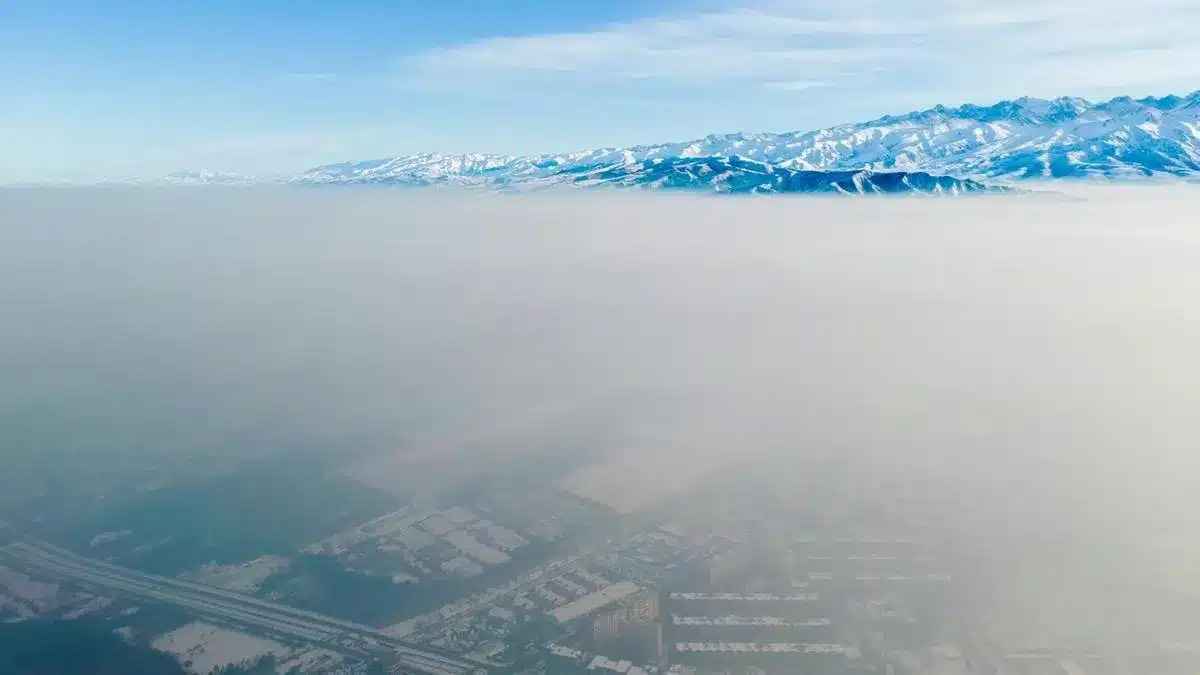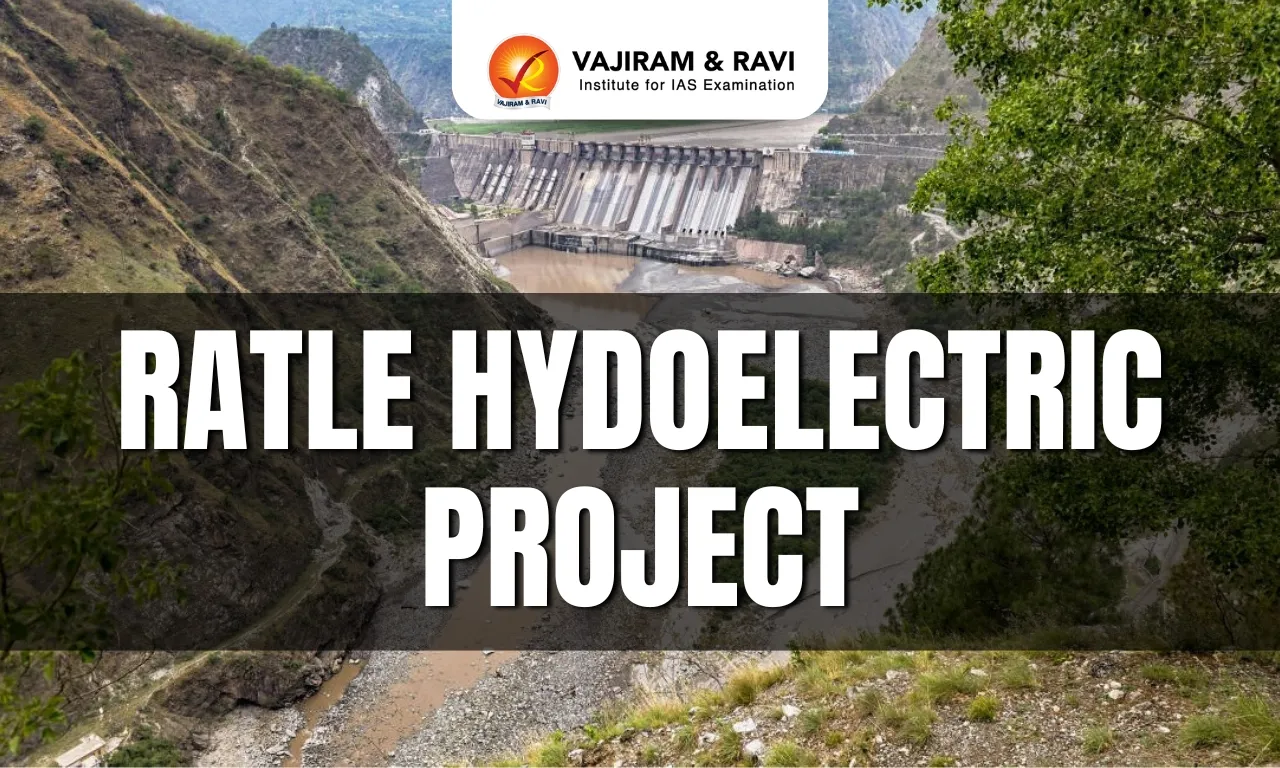Key Findings of the Study:
- Hydroxymethanesulphonate Formation: Hydroxymethanesulphonate, a secondary aerosol, forms when formaldehyde reacts with sulphur dioxide in the presence of liquid water.
- Traditionally thought to occur only in clouds and fog, but found to occur in aerosol particles in Fairbanks winters.
- Role of Temperature: Extremely low temperatures (around -35ºC) cause supercooling of aerosol particles, where liquid water remains unfrozen below its freezing point.
- Supercooled aerosols allow hydroxymethanesulphonate to form within them.
- Aerosol acidity dynamics: Aerosol acidity depends on the relative concentration of:
- Sulphate ions (SO₄²⁻) → Increase acidity.
- Ammonium ions (NH₄⁺) → Neutralize acidity.
- Post-2022 sulphur fuel ban in Fairbanks:
- Sulphate ion concentrations dropped.
- Ammonium ion levels increased, reducing aerosol acidity.
- Ammonium dynamics in cold weather: In low temperatures, ammonium ions are less likely to evaporate into ammonia gas. This buildup of ammonium ions further reduces acidity, creating favourable conditions for hydroxymethanesulphonate formation.
Key Concepts
- What are Aerosols?
- Aerosols: Tiny solid or liquid particles suspended in the air.
- Examples: Dust, smoke, fog, or chemical particles like sulphates and ammonium.
- What is PM2.5?
- PM2.5: Fine particulate matter with a diameter less than 2.5 micrometres (µm).
- Significance:
- Penetrates the lungs and bloodstream.
- Causes reduced lung function, asthma aggravation, and premature deaths.
- Supercooling: Process where liquid water remains unfrozen even at temperatures below 0°C.
- Allows formation of hydroxymethanesulphonate in aerosol particles at very low temperatures.
Q.1. What are the main contributors to Delhi’s air pollution?
Vehicular emissions (51.5%), crop stubble burning (8.19%), dust (3.7%), and industrial pollutants are key contributors. Winter weather worsens the pollution.
News: New chemical pathway found to worsen air quality in harsh winters – The Hindu
Last updated on December, 2025
→ Check out the latest UPSC Syllabus 2026 here.
→ Join Vajiram & Ravi’s Interview Guidance Programme for expert help to crack your final UPSC stage.
→ UPSC Mains Result 2025 is now out.
→ UPSC Notification 2026 is scheduled to be released on January 14, 2026.
→ UPSC Calendar 2026 is released on 15th May, 2025.
→ The UPSC Vacancy 2025 were released 1129, out of which 979 were for UPSC CSE and remaining 150 are for UPSC IFoS.
→ UPSC Prelims 2026 will be conducted on 24th May, 2026 & UPSC Mains 2026 will be conducted on 21st August 2026.
→ The UPSC Selection Process is of 3 stages-Prelims, Mains and Interview.
→ UPSC Result 2024 is released with latest UPSC Marksheet 2024. Check Now!
→ UPSC Prelims Result 2025 is out now for the CSE held on 25 May 2025.
→ UPSC Toppers List 2024 is released now. Shakti Dubey is UPSC AIR 1 2024 Topper.
→ UPSC Prelims Question Paper 2025 and Unofficial Prelims Answer Key 2025 are available now.
→ UPSC Mains Question Paper 2025 is out for Essay, GS 1, 2, 3 & GS 4.
→ UPSC Mains Indian Language Question Paper 2025 is now out.
→ UPSC Mains Optional Question Paper 2025 is now out.
→ Also check Best IAS Coaching in Delhi

















